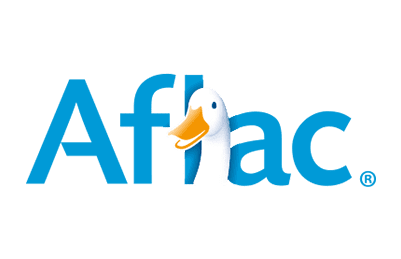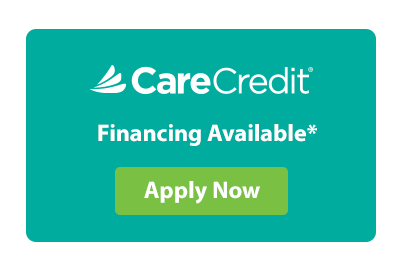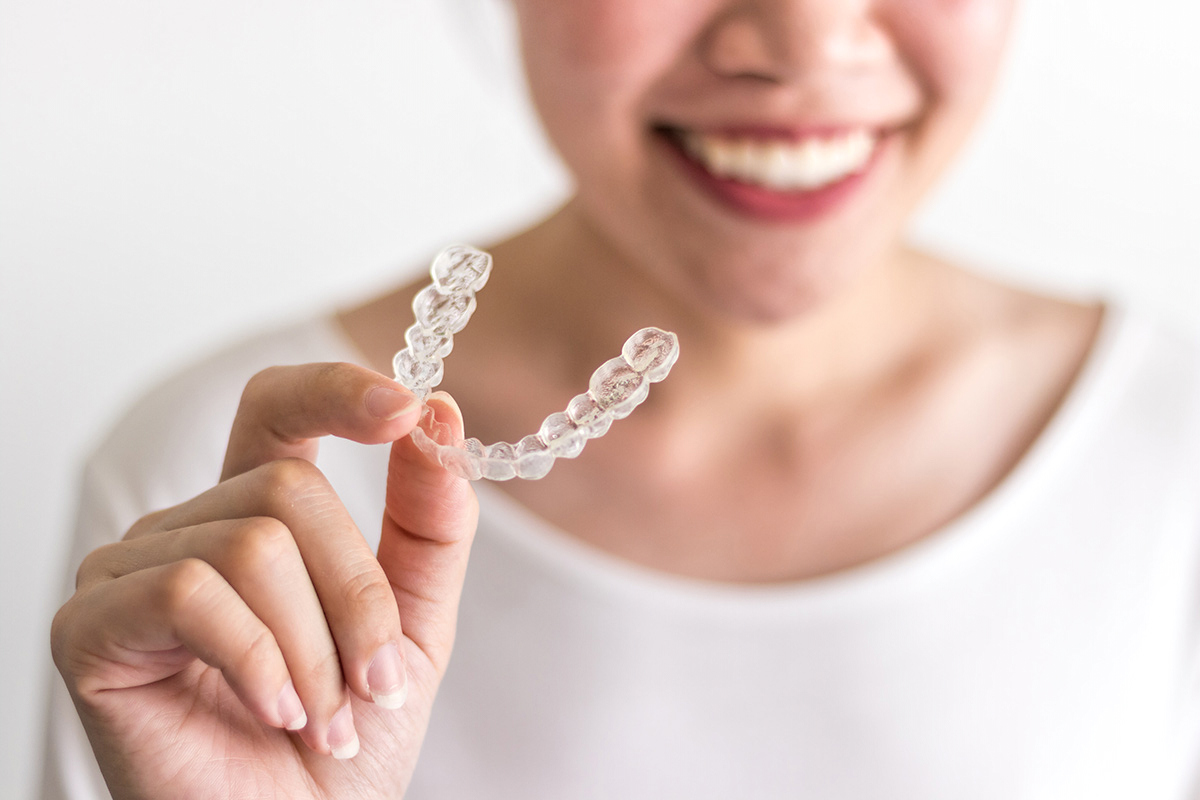
Invisalign™ vs Braces
Invisalign™ vs Braces: Which is right for you? Learn the pros and maybe a few cons based on your situation for each in this comprehensive comparison.
Plan Your Visit Now
Begin the Change

Introduction to Invisalign vs Braces
If you’re looking to straighten and align your teeth, you will have to choose between two common orthodontic treatments — wearing braces or the more modern Invisalign alternative.
To know which one is right for you, Dr. Maryam Talaie has written this comprehensive guide on Invisalign vs Braces to help you understand how braces and Invisalign clear aligners work.
Braces are made up of wires, brackets, and bands. These brackets are placed on the frontal surface of your teeth while the wire is used to put pressure on your teeth and jawline so they move into a well-aligned position over time.
On the other hand, Invisalign consists of custom-molded plastic aligners that exert consistent pressure on your teeth to move them into a straightened position.
In this guide, Dr. Talaie provides a detailed comparison of Invisalign vs Braces, so you know what to expect with each treatment option.

Invisalign vs Braces: Comparison Chart
Braces
Invisalign Clear Plastic Aligners
Length
The average time for braces treatment is 16 to 18 months, although some treatment plans can take as long as 24 months or more. Your exact treatment length depends on the severity of your case and other similar factors.
Invisalign treatment takes about six months for mild cases, and up to two years for more complex conditions. The exact time frame for your treatment depends on your individual case.
Removable
Once your orthodontist fixes braces, they are largely unremovable for the duration of your treatment. However, regular adjustments might be made during your checkups.
Invisalign treatment takes about six months for mild cases, and up to two years for more complex conditions. The exact time frame for your treatment depends on your individual case.
Cost
Traditional braces cost between $1,700 and $7,000. Clear braces cost $3,000 to $7,000. Lingual braces cost between $5,000 and $13,000, while self-ligating braces cost $2,000 to $8,000.
The standard price range for Invisalign treatment is between $3,000 and $7,000. Typically, most people spend $5,000 or less for the treatment.
Maintenance and Cleaning
- Avoid hard, sticky foods like candies and nuts, as food particles can get trapped between the metal brackets and cause plaque buildup.
- Brush and floss regularly.
- Attend monthly office visits with your dentist or orthodontist.
- Visit your dentist regularly.
- Remove aligners before eating or drinking anything that’s not water.
- Brush your teeth after eating before replacing the aligners.
- Soak aligners in a cleaning solution regularly.
- Wear your Invisalign aligners for 22 hours a day.
Check-ins required
Every month
You should visit your dentist or orthodontist every three (3) months. Typically, you would use a new set of aligners every two weeks until the end of your treatment.
Pros
- Braces can correct severe teeth misalignments such as excessive crowding and impacted teeth.
- Since the braces are fixed to your teeth, you don’t have to worry about losing them.
- Traditional braces are not as expensive as Invisalign aligners.
- Invisalign aligners are aesthetically pleasing — they blend into your teeth, and no one would know you are wearing them.
- You can remove the aligners whenever you want.
- There are no food restrictions for people wearing Invisalign aligners.
- Invisalign aligners are comfortable and easy to wear.
Cons
- People wearing braces need to avoid certain food substances that can break the metal brackets or get stuck under the wire.
- Braces can irritate the soft tissues of your mouth.
- It can be challenging to brush and floss your teeth when you wear braces.
- Invisalign aligners are not always practical for complex orthodontic cases.
- Since Invisalign aligners are detachable, they can easily get broken, damaged, or lost.
- The aligner trays can get stained or discolored.
- It is more expensive.
- It requires discipline to wear them for 22 hours each day.
- You must remove the aligners before consuming food substances.
- You must wash thoroughly after eating before wearing the clear aligners.
Braces and Invisalign are both designed to straighten your teeth while improving your smile and overall oral health. However, like everything else, they have their strengths and weaknesses. We’ll kick off this guide by looking at a few reasons why you should choose braces over Invisalign treatment and vice versa.
Braces: Pros and Cons
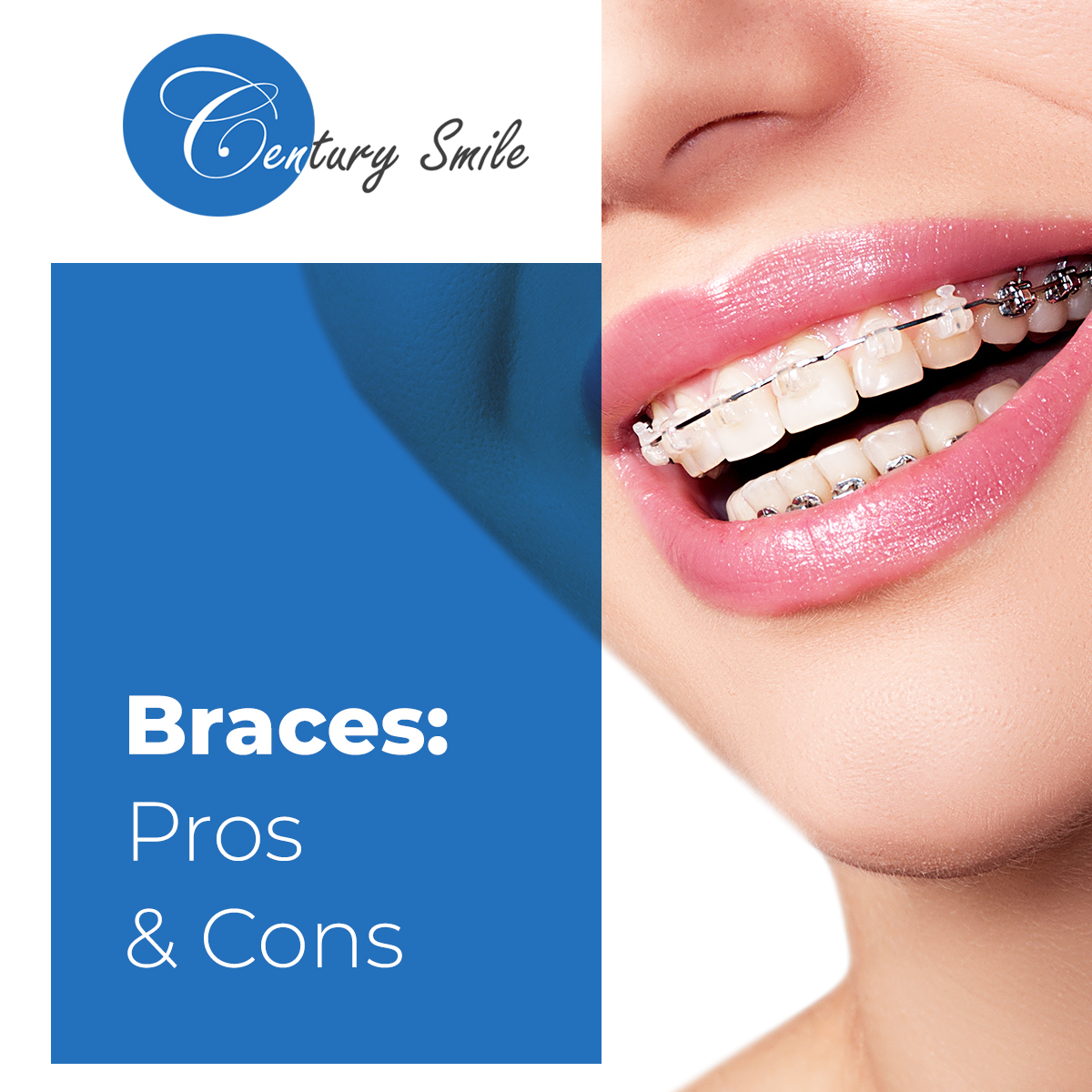
Before opting for braces, you should know what to expect regarding their advantages and disadvantages. For example, braces improve your teeth’ physical appearance over time, but it might be challenging to keep them clean. Let’s discuss the most common pros and cons of braces.
Your teeth will look better in the long term with braces
For years, braces have been used to correct the most complex types of dental misalignment. The tension around the braces wire offers maximal grip that can realign impacted teeth, severe crowding, and crooked teeth.
Braces reduce the risk of other dental problems
Apart from improving your teeth’ appearance, orthodontics also reduces your chances of developing complex dental problems. If your teeth are poorly aligned, food particles can slip through easily, causing bacterial build-up and plaque. You might also develop swallowing and chewing issues over time.
Braces produce faster results than Invisalign
Invisalign aligners do not have sufficient grip to draw out and align teeth that have grown in the wrong place. This makes them a less effective treatment option for correcting severe dental misalignment. In most cases, your dentist might ask you to wear supplemental braces to support the strength of your Invisalign aligners.
Unlike Invisalign, braces are more suitable for treating orthodontics cases in children. They also help you to cut down costs as they are not as expensive as Invisalign.
Braces restrict the types of foods you can eat
Typically, experts advise people who wear braces to make significant changes to their diets and overall dental habits. You’ll have to avoid hard or sticky food that can make your braces pop off or get stuck under the wire. This means staying away from hard candy, hard nuts, chewable sweets, and gum.
Braces are difficult to clean and maintain
Wearing braces requires a higher level of oral hygiene to keep out dirt and prevent plaque buildup. Braces are permanently bonded to your teeth to allow for consistent movement. While this helps you achieve long-lasting alignment results, it also means you cannot take them out whenever you want, making cleaning and maintenance difficult. If care isn’t taken, your braces can become a haven for bacteria growth and worsen your oral health.
Braces cause greater discomfort compared to Invisalign
At the early stages of the orthodontic treatment, people who wear braces might experience slight discomfort due to the pressure from the braces brackets. The wires of the metal brackets may also poke or irritate your mouth, worsening your discomfort.
Invisalign: Pros and Cons
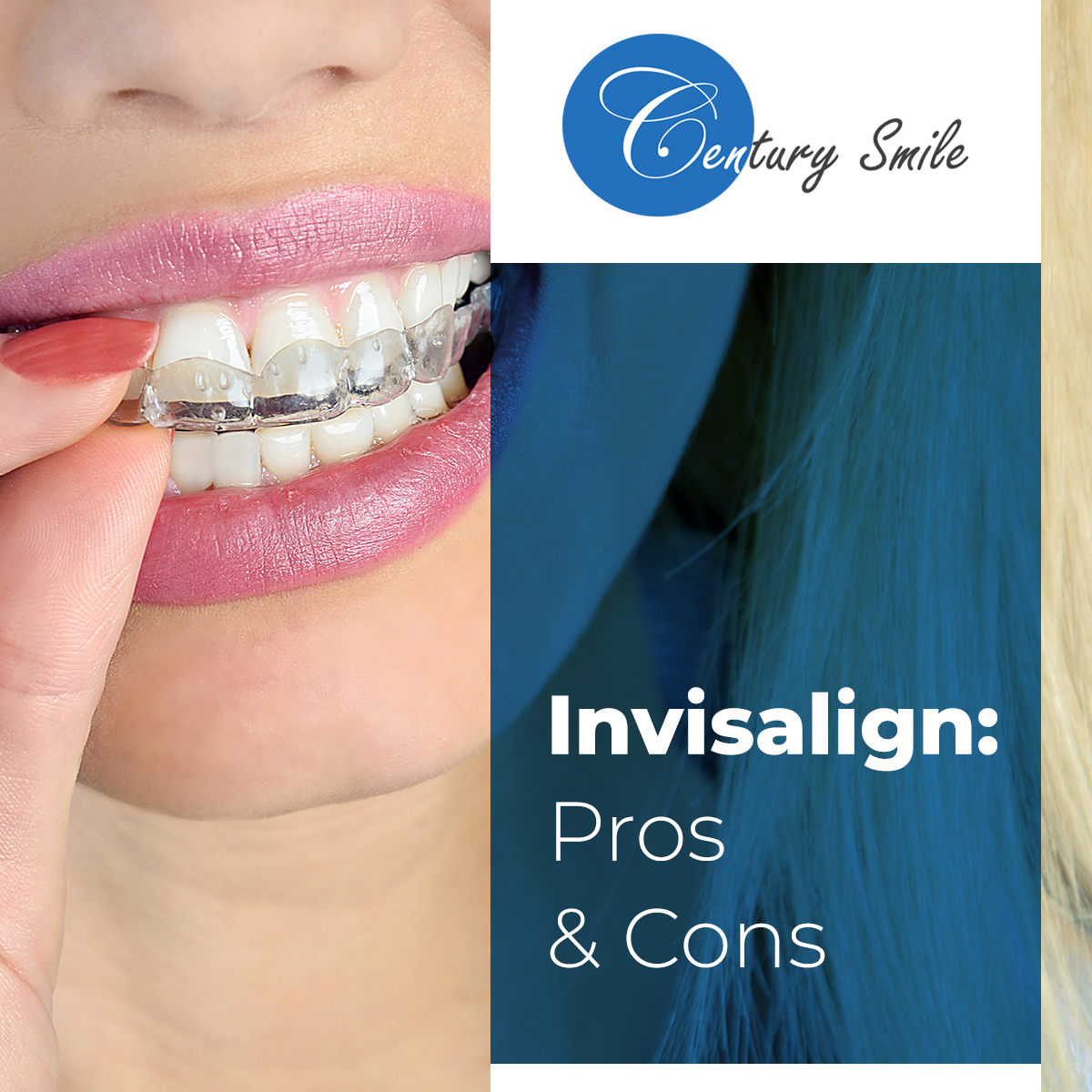
Invisalign clear aligners are a more modern method of orthodontic care. These trays are made of smooth, comfortable, BPA-free clear plastic. Wearing them over your teeth will subtly and gently realign your teeth.
To create a custom aligner, your orthodontist will use X-rays, pictures, and impressions to form a precise 3-D image of your teeth and to configure your aligner trays accordingly.
Invisalign aligners are nearly invisible, unlike braces, so no one would know when you have them on. However, they might not be the ideal teeth treatment option in complex dental care cases.
Following are the pros and cons of Invisalign aligners.
No dietary restrictions
Invisalign isn’t fixed to your teeth permanently, which means you can take them off whenever you want to eat. When you remove them, you can eat whatever you want, from chewy candies and gum to popcorn in the cinemas. However, you’ll need to clean and floss your teeth rigorously before wearing your aligners again.
Invisalign is more comfortable to wear than braces
Invisalign aligners are custom-designed with plastic trays that are molded to fit snugly around your teeth. Unlike braces, they do not use any uncomfortable wires that pull and tighten your teeth, causing soreness and irritation. Many patients miss the feeling of Invisalign aligners when their treatment is over.
Invisalign provides a better appearance and is easier to clean
Invisalign aligners fit into your teeth to the extent that people cannot tell them apart. This allows many people to feel more comfortable smiling openly without wires and brackets.
You can also remove the aligners at any time and give them a good scrub with a mild cleaning solution. While they are out of your mouth, you can take time to brush and floss effectively to remove any food hidden particles and prevent bacteria build-up.
Speaking may feel uncomfortable at first
Speaking will feel awkward when you start wearing Invisalign aligners, and it might be difficult to pronounce some words. However, this passes off in a week or less. If you’d like to speed up the process, you should practice reading a book aloud every day while wearing the aligners.
Invisalign doesn't work for everyone
As incredible as they are, Invisalign aligners aren’t a good fit for everyone. For example, suppose your daily routine entails moving around frequently. In that case, you might not be able to keep up with the Invisalign cleaning routine (removing the aligners to brush your teeth after consuming any food substances). This can result in bacteria build-up that ruins your teeth’ health.
If you enjoy sipping coffee throughout the day or frequently snack between meals, you may find that Invisalign interrupts your everyday routine.
Invisalign requires self-discipline
Your orthodontist will advise that you wear the Invisalign aligners for 22 hours a day to get the best results. Unfortunately, many patients prefer not to adhere to the recommended usage time, which makes Invisalign treatments less effective. In some cases, patients forget or misplace their alignment trays, causing their teeth to shift.
If you cannot commit to dedicated compliance with Invisalign aligners, you might end up worsening the condition of your teeth.
Invisalign vs Braces: Cost
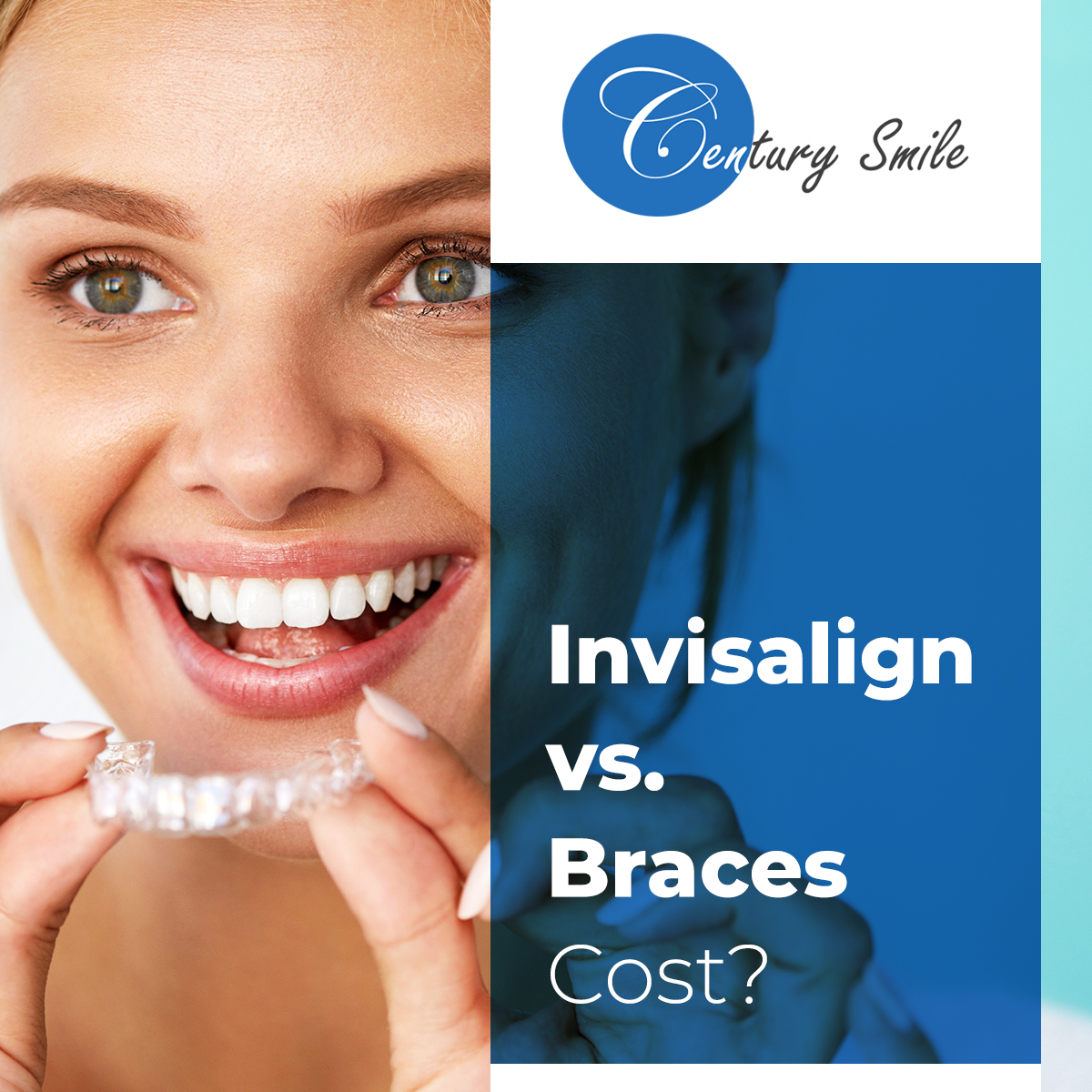
When choosing between Invisalign treatment and braces, an essential factor you should consider is pricing.
Since Invisalign aligners are the more modern option, they typically cost more than traditional braces. However, depending on the qualifying conditions in certain states, state-sponsored insurance plans may cover the total costs of braces and Invisalign aligners.
How much does Invisalign cost?
According to the Consumer Guide to Dentistry, most people spend $5,000 or less for an Invisalign treatment. The standard range for the treatment is between $3,000 and $7,000.
How much do braces cost?
Generally, traditional metal braces cost between $1,700 and $7,000. If your orthodontist recommends clear braces, you will spend between $3,000 to $7,000. Lingual braces cost between $5,000 and $13,000, while self-ligating braces cost $2,000 to $8,000.
These price ranges give you a fair idea of what to expect for braces and Invisalign treatments. At the end of the day, the final costs would depend on several factors such as:
1. The severity of your condition
2. Your dental care
3. The experience of your dentist or orthodontist
4. Dental insurance coverage
Invisalign vs Braces: Which works faster?
The exact time frame of how long your orthodontics will last depends on the severity of your condition and your treatment options. While you can start seeing some results after a few weeks of treatment, it will take months or even a couple of years before your teeth are fully straightened and aligned, so don’t expect to have a perfect smile and straight teeth in a few days!
Typically, Invisalign treatments take less time than braces. This is because Invisalign aligners exert an all-around force on the teeth instead of an individual tooth movement, which allows for speedier teeth movement, resulting in a faster treatment to correct your teeth’ alignment.
On average, Invisalign treatment time is 12 to 18 months. The average time for braces is between 16 and 18 months but can sometimes take as long as 24 months or more.
If you adhere to your treatment plan strictly, you might be able to shorten your expected treatment time. However, it would be best to speak with your orthodontist to determine your expectations with your treatments.
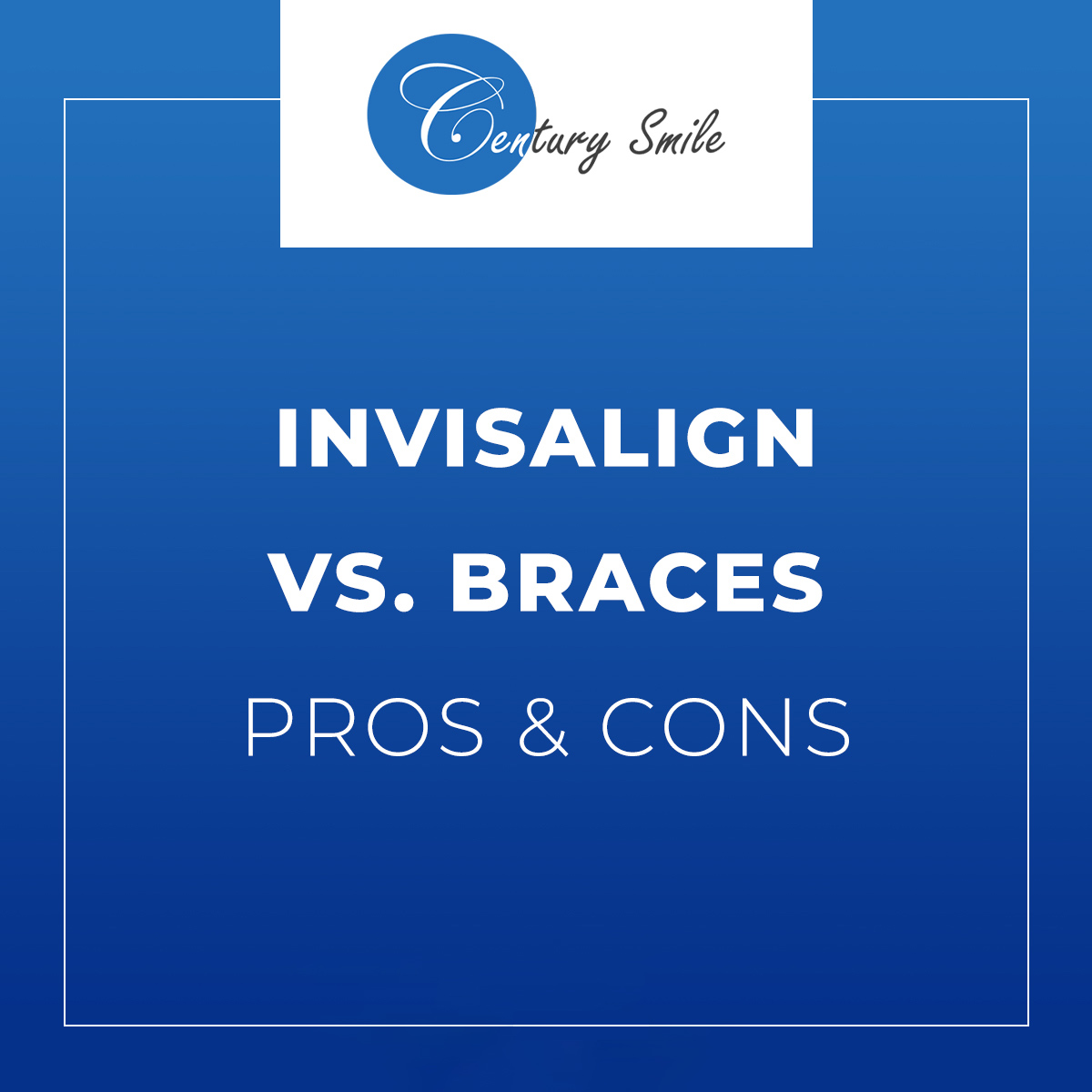
Traditional Braces vs. Invisalign
When you have a severe case of teeth misalignment like extreme overcrowding, your orthodontist might recommend traditional braces instead of Invisalign aligners.
Traditional braces are metal brackets fixed to the front surface of your teeth and tightened with wire threading at various points. Unlike Invisalign trays, traditional braces aren’t discreet, which means everyone can see that you’re wearing one.
People wearing traditional braces need to avoid sticky, hard, and chewy food that can break the metal brackets or get stuck under the wire.
With Invisalign aligners, you don’t have to worry about food restrictions as long as you take them off before eating and clean your mouth thoroughly after food consumption.
Metal Braces vs. Invisalign
Once your orthodontist fixes metal braces on your teeth, you cannot take them out throughout the treatment. This contrasts deeply with Invisalign aligners that can be removed whenever you want to eat or drink something other than water.
Unlike Invisalign plastic aligners, metal braces generally require paying follow-up visits for monthly checkups. During these visits, the orthodontist will see how your teeth are shifting and make any necessary adjustments.
One of the downsides of wearing metal braces is they can be uncomfortable, and you’ll need some time to get used to having metal brackets and wires on your teeth. Also, at the early stages, you might experience oral irritation, and the metal wire might scratch the soft tissues of your mouth.
Ceramic Braces vs. Invisalign
If you would rather avoid traditional metal braces, you can opt for the more stylish option—ceramic braces.
You can get ceramic braces that closely match your enamel color (making them more discrete). You can also get them in other colors to make a fashion statement with your mouth—this works best for teens.
Ceramic braces are like conventional metal braces but are not as visible. In addition, since these braces have smoother ceramic surfaces, wearing them is more comfortable than metal braces.
Since ceramic braces are fixed to your teeth, you won’t need to worry about losing them as you would with Invisalign aligners.
A significant disadvantage of ceramic braces is they get stained easily, especially if you want dark-colored sauces and beverages. Food stains can cause discoloration and trigger bacteria growth that worsens your oral health.
Like traditional braces, hard and crunchy food can ruin your ceramic braces, so it’s best to avoid them.
Mail-Order Aligner Brands vs. Invisalign
About 20 years ago, Invisalign created the first clear plastic aligners. Since that time, several brands have started offering direct-to-consumer invisible braces known as mail-order aligners.
Mail-order aligners brands do not have access to patented Invisalign technology like SmartTrack™ plastic, so they use basic generic plastic for their clear aligners.
These non-Invisalign aligners are mailed directly to patients without recommendations from a licensed orthodontist.
What happens when you choose mail-order aligners?
First, you wouldn’t be making considerable savings on cost. While these non-Invisalign aligners cost about $2,000 for a six-month treatment, this fee doesn’t cover the costs of x-rays, attachments, and grips, or final retainers.
Mail-order aligners also have no insurance coverage, so if your teeth aligners are crooked when they arrive or are otherwise damaged, you won’t get a refund.
Following are some other reasons why mail-order aligners may not be the best fit for you:
Mail-order teeth treatment is not tailored to your needs
When you order teeth aligners online, you will receive a random aligner that isn’t tailored to your specific needs, as there’s no difference between you and thousands of other people who are looking for “inexpensive” teeth straighteners.
You will not receive professional diagnosis from an orthodontist
Ordering teeth aligners online robs you of the chance to get professional recommendations from an orthodontist. Without this, you’re likely to end up with an ill-suited treatment plan that wouldn’t improve your dental health. Sometimes, using a mail-order aligner can worsen your existing condition and cause more severe damage to your teeth and overall oral health.
Different factors can cause teeth misalignment, so you need to get an expert’s opinion before adopting any straightening plan. An orthodontist will examine your teeth and gums personally to develop a clinically informed medical opinion about the needs of your teeth and overall oral health.
Limited treatment options
Mail order teeth aligners are designed to straighten your teeth without addressing the real reason it happened in the first place. Choosing them will miss out on proper diagnoses that can reveal and address potentially dangerous oral conditions like cancer.
Repairs and replacement quality for mail-order teeth aligners will be low or non-existent
Often, mail-order aligners are a one-time service which means there will be repairs, replacement, or adjustments in the event of damage or destruction.
When choosing mail-order teeth aligners made from non-proprietary materials, you are also unlikely to receive quality follow-up service. Working with a trained dental expert gives you access to any repair or replacement service you may need.
Invisalign vs Braces
Knowing the pros and cons of braces and Invisalign clear plastic aligners would help you have an informed conversation with your orthodontist about the best teeth straightening option for you.
While you should go with your dentist’s professional recommendation, it always helps to know what to expect so you can be well-prepared for your treatment ahead of time.
Regardless of your choice, the most important thing is that the treatment option transforms the appearance of your teeth. An experienced doctor will carefully supervise your treatment to ensure the best results and a long-lasting smile.





Give Us A Call At 310.836.6161 Or Request An Appointment Online




